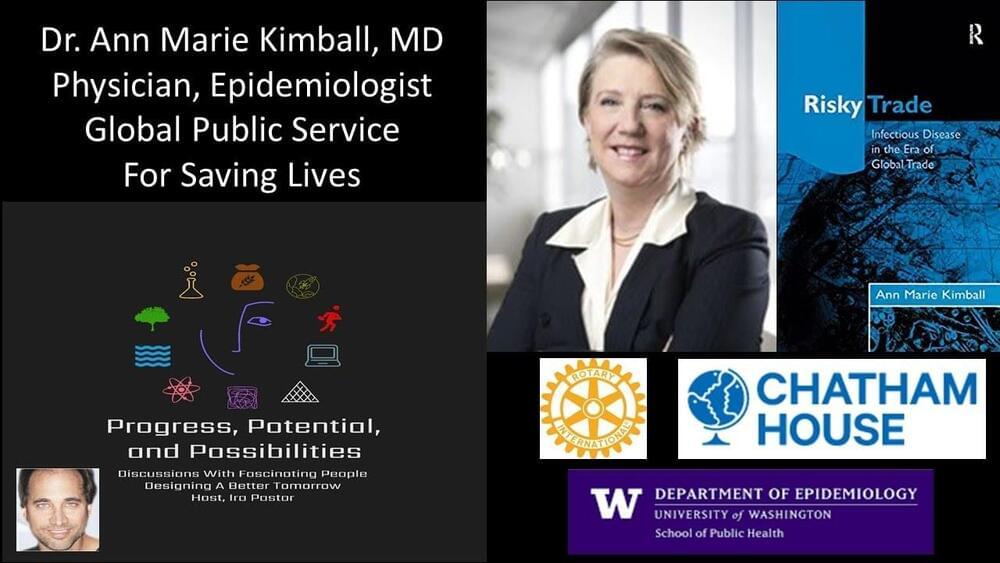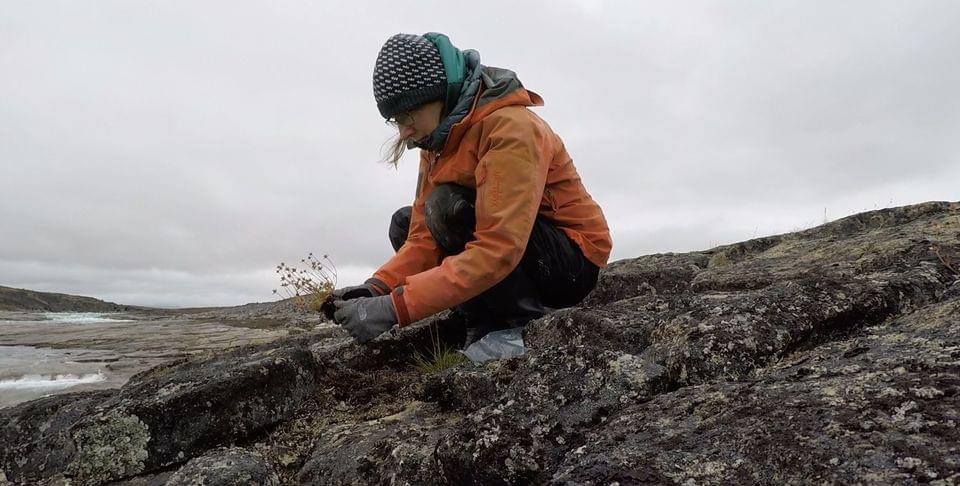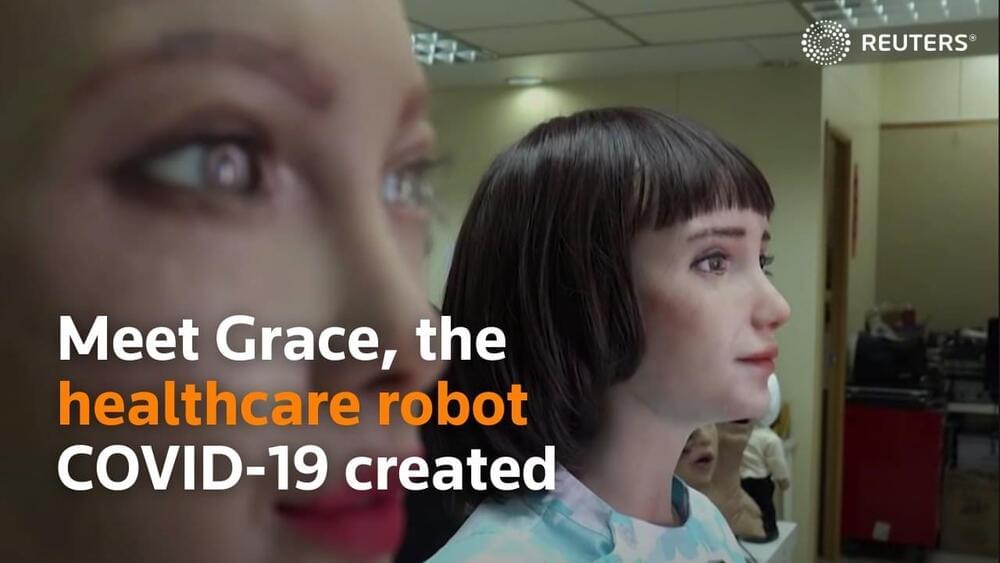Georgia Tech scientists believe that microbes could be the key to producing the rocket fuel needed to take humans from Mars back to Earth.
Dr. Ann Marie Kimball (https://epi.washington.edu/faculty/kimball-ann-marie/) is a physician, epidemiologist and currently holds the roles of Associate Fellow at the international affairs think tank Chatham House, and Vice Chair, COVID 19 task force, at The Rotary Foundation / Rotary International.
Previously, Dr. Kimball served as a strategic advisor to the Rockefeller Foundation, supporting the strengthening and development of strategies for Ebola, post-Ebola, and health crisis response, including planning and guiding the formation of a regional disease surveillance network in collaboration with Connecting Organizations for Regional Disease Surveillance (CORDS).
Before joining the Rockefeller Foundation, Dr. Kimball served as technical and strategic lead for the Bill and Melinda Gates Foundation surveillance strategy formation.
Prior to Gates, Dr. Kimball served as Professor of Epidemiology for the University of Washington (UW), School of Public Health, with adjunct appointments in Medicine (Bioinformatics and Infectious Diseases) and the Jackson School of Foreign Affairs. During her tenure at UW, Dr. Kimball founded and directed the APEC Emerging Infections Network, and led research and training programs in Surveillance and Informatics in Peru and Thailand.
Wed, Oct 27 at 4 PM PDT.
If you haven’t been to Nunavut, you may not know it’s home to a vast variety of flowering plants, lichens, mosses, and more found on the land. Lynn Gillespie, a Canadian Museum of Nature botanist, has built a career studying Arctic botany. Lynn will be on Facebook LIVE on October 27th discussing plants you can find in Nunavut, what it’s like to conduct field research in the Arctic, and answering your questions. This interview will be facilitated by Joni Karoo, SOI Arctic 2019 alum from Taloyoak, Nunavut!
*This interview will be held in English*.
The two commercial space taxis share a mission but differ in operations.
NASA’s two chosen commercial space taxis for taking crew and cargo to the ISS share a mission but differ in operations.
O,.o.
A Canadian aerospace company has chosen an eyebrow-raising name for a hypersonic space plane it plans to launch in 2022: “Sexbomb.”
Space Engine Systems (SES) announced that it wants to launch the, uh, Sexbomb in Manitoba, according to a press release from the company. The vehicle will be used to test the company’s spacecraft engine prototype.
Signs of a planet transiting a star outside of the Milky Way galaxy may have been detected for the first time. This intriguing result, using NASA’s Chandra X-ray Observatory, opens up a new window to search for exoplanets at greater distances than ever before.
The possible exoplanet candidate is located in the spiral galaxy Messier 51 (M51), also called the Whirlpool Galaxy because of its distinctive profile.
Exoplanets are defined as planets outside of our Solar System. Until now, astronomers have found all other known exoplanets and exoplanet candidates in the Milky Way galaxy, almost all of them less than about 3,000 light-years from Earth. An exoplanet in M51 would be about 28 million light-years away, meaning it would be thousands of times farther away than those in the Milky Way.
Mars, International Space Station (ISS), Space tourism, One person spacecraft, Satellite servicing, Space repair, Asteroid, Phobos, Manned Maneuvering Unit (MMU), Space suit.
Go to http://brilliant.org/Undecided to sign up for free. And also, the first 200 people will get 20% off their annual premium membership. While renewable energy sources like solar and wind have now become cheaper than fossil fuels, developing long-term energy storage is key to overcome their intermittency. Lithium-ion batteries are the state-of-the-art battery technology but they can only cost-effectively provide energy for about 6 hours. So, what if we could extend the battery duration to 100 hours… out of thin air … and rust? Literally!
Watch Perovskite Solar Cells Could Be the Future of Energy: https://youtu.be/YWU89g7sj7s?list=PLnTSM-ORSgi7sp17ey2ydGRGBTFijdYCh.
Video script and citations:
https://undecidedmf.com/episodes/why-rust-batteries-may-be-t…technology.
Follow-up podcast:
Janet Adams, an expert in robotics and artificial intelligence, says superhuman robots are likely coming in the next couple of decades.
South Korea has created an intriguing device that allows its citizens to continue staring at their phones while crossing the road safely, but the notion has not received many likes.
On October 11 TikTok footage from a Seoul crossroads showed green and red lights illuminating the curbs, indicating when it’s safe to cross the road, even if you’re staring at your phone screen.
Recently, @naturalkorean has published a TikTok video of the lights eliciting a fairly mixed bag of reactions. Theoretically speaking, it is a great idea to protect people too absorbed in social media to notice their surroundings; however, this type of reckless behaviour should not be encouraged. The video shows a swarm of ‘smombies’ or ‘smart phone-obsessed zombies’ who are glued to their phones as they cross a major downtown street. The scene made me nervous, even as someone who has run into strangers when smombie-ing around.









